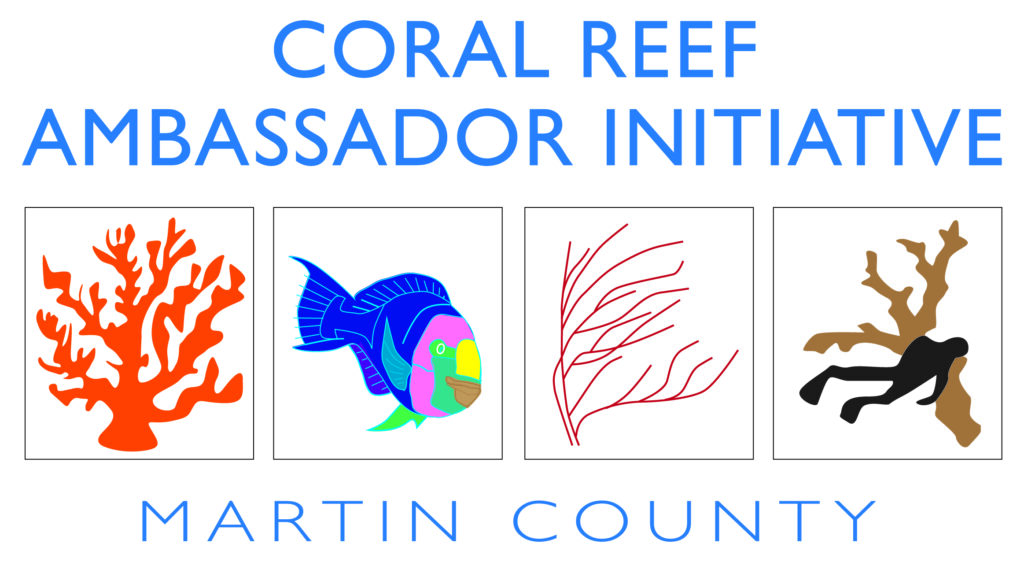
Florida's Coral Reef
Right here in Martin County lies the very northern extent of the Florida Coral Reef. This iconic and hugely important coastal ecosystem is right off the Florida coast extending from the St. Lucie Inlet to the Dry Tortugas in the Gulf of Mexico, totaling 350 miles. As the only state in the Continental United States with extensive shallow reef formations near its coast, Florida and its southern counties have been working together to understand, protect and restore this valuable treasure. With many stressors facing our reef today, collaborative and informative efforts are increasing awareness of this extraordinary resource.
We can all take part in reef conservation!
Whether you are snorkeling, diving, fishing, eating local seafood or staying in a beach front hotel, coral reefs are responsible for many of the things we enjoy while traveling to Martin County.
But, you don’t have to be in the water to help protect our reefs. Join the Florida Coral Crew by taking the pledge to help protect our Florida Coral Reef.
The Kristen Jacobs Coral Aquatic Preserve
The northern portion of the Florida Coral Reef that is in Martin County is part of the Kristen Jacobs Coral Aquatic Preserve. This Aquatic Preserve was officially established on July 1, 2024 and represents the northern 105 miles of reef from Martin County to the northern boundary of Biscayne National Park. Look for the new signs that tell you about our reef at local boat ramps and marinas!
Southeast Florida Action Network
Whether you are a visitor or a resident, there are many ways in which you can play a role in protecting our reef. The Southeast Florida Action Network (SEAFAN) is a citizen reporting system that helps direct responses to issues surrounding our reef.
SEAFAN covers the offshore coral reefs within the northern third of Florida’s Coral Reef, from the northern border of Biscayne National Park in Miami-Dade County to the St. Lucie Inlet in Martin County.
"You cannot get through a single day without having an impact on the world around you." -Jane Goodall
Even the smallest things can make a large impact. Check out even more ways you can make a difference in helping to protect our reefs and marine wildlife.
















